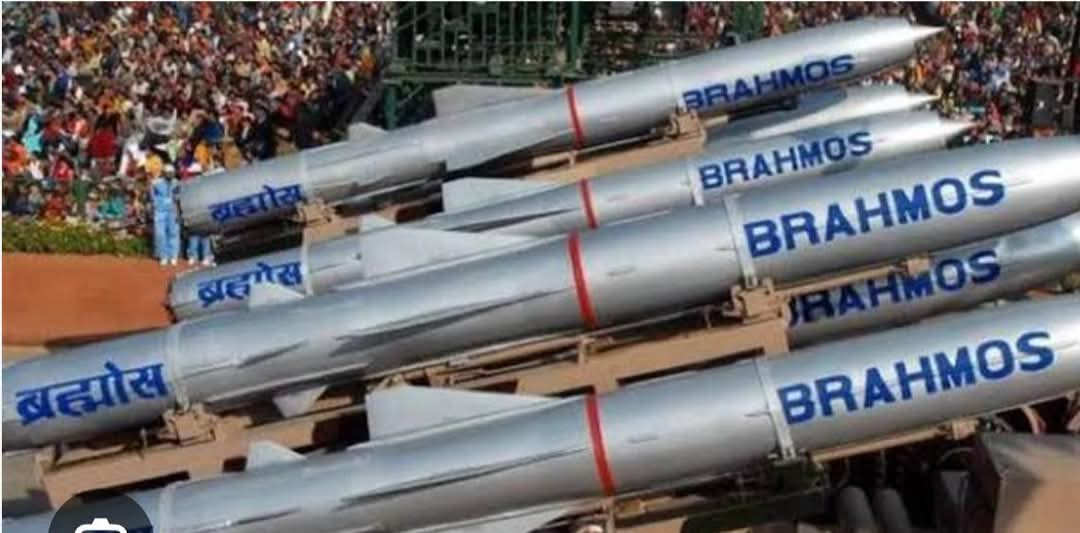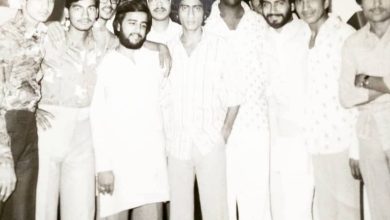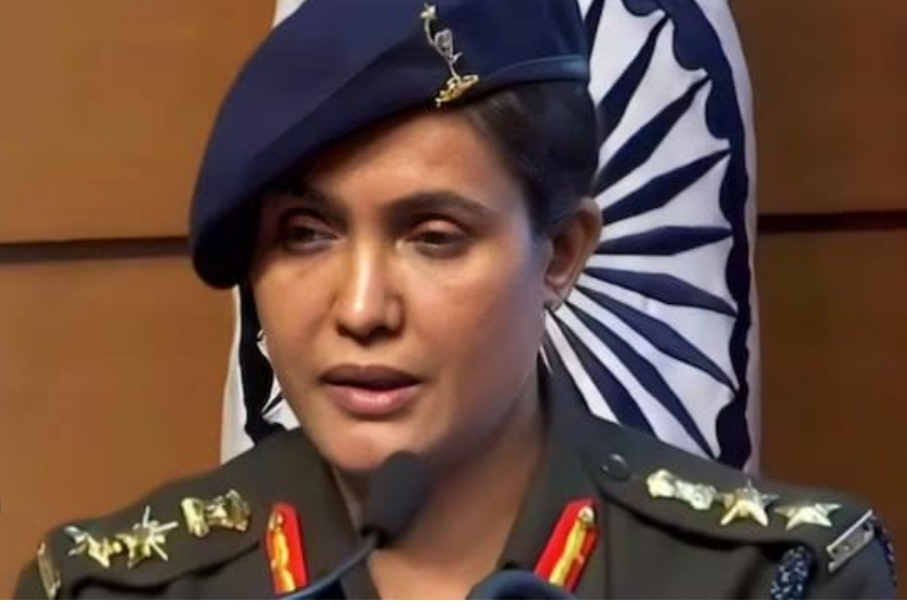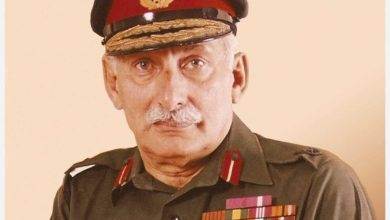Indigenously manufactured “BRAHMOS” WHICH CREATED HAVOC IN PAKISTAN is in much demand globally

(ABOVE PHOTO TAKEN FROM SOCIAL MEDIA KALURA’S FB TIMELINE)
ABHINAV KALURA
After the India-Pakistan conflict, Brahmos is in the news these days. Its name is derived by combining the names of India’s Brahmaputra and Russia’s Moskva river. Because it is being built in collaboration between India and Russia and indigenous technology is being used extensively in it.
Brahmos was used in retaliation during the conflict with Pakistan in which precision strikes were carried out on dozens of air bases, breaking the back of Pakistan. Pictures of the devastation caused by it are coming on social media.
The destruction caused by the missile at Pakistan’s Rahimyar Khan airstrip frightened Pakistan after seeing its power and it decided to declare ceasefire. It is said that many other major airbases of Pakistan have also been destroyed by its use.
After the India-Pakistan conflict, this missile is being discussed all over the world. Austrian military historian Tom Cooper described the military operation using it against Pakistan as a clear victory for India and said that India’s BrahMos attacks had caused extensive damage to vital Pakistani air bases including Nurkhan and Sargodha.
About 17 countries including China’s enemy Philippines, Indonesia and Vietnam have decided to consider purchasing the Brahmos missile.
The current Brahmos missile weighs 2900 kg, whereas with the new technology its weight will now be 1260 kg.
This missile system was developed by our DRDO and Russia’s NPO Mashinostroyenia. Five years ago, a major Indian defense publication claimed that we have 14,000 Brahmos.
It is said to be a great missile whose range has been extended to 800 km. China’s DF-41 missile has a range of 12,000-15,000 km and is said to be the world’s fastest missile.
Recently, Defence Minister Rajnath Singh inaugurated the new Brahmos missile production facility in Lucknow where the missile manufactured has a range of 290-400 km. This unit will manufacture 80 to 100 Brahmos missiles every year, strengthening the indigenous defence capability of the missile.
The construction of this unit of BrahMos missile has cost Rs 300 crore.
India’s integrated missile programme began in 1983 and in the mid-1990s, Dr. APJ Abdul Kalam and his colleagues Dr. Sivathanu Pillai etc. pointed out the need for partnership with Russia for supersonic cruise missiles and an agreement was signed in February 1998 when Inder Kumar Gujral was the Prime Minister.
Then the first formal contract was signed on 9 July 1999. Atal Bihari Vajpayee was the Prime Minister at that time and then the first successful test took place on 12 June 2001 and President Vladimir Putin inaugurated the headquarters complex of BrahMos facilities in New Delhi in December 2004 and then BrahMos missile was inducted into Indian Navy in 2005 and Indian Army in 2007.






